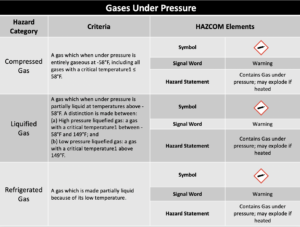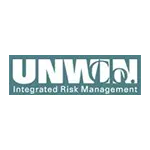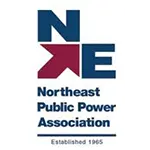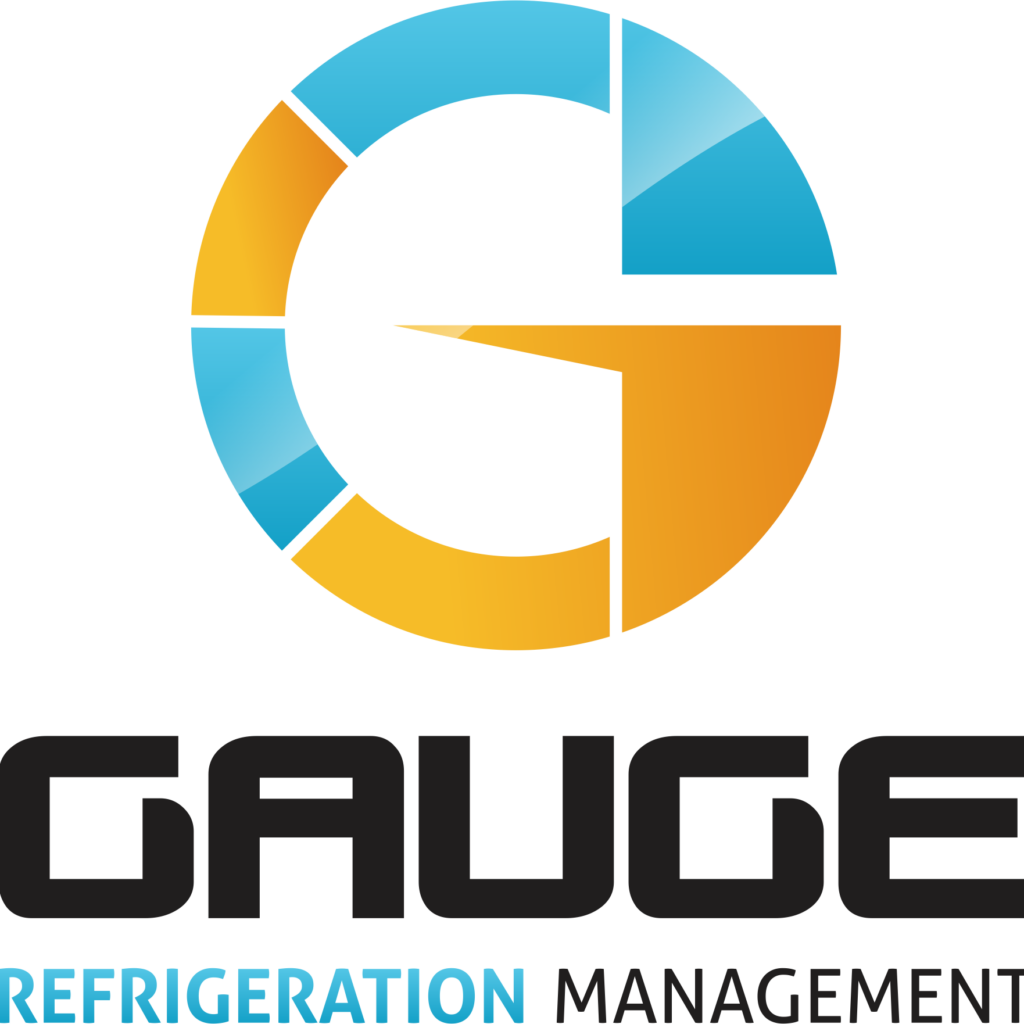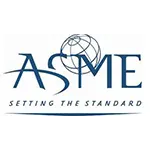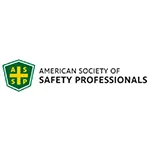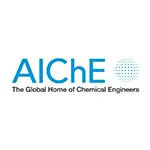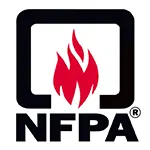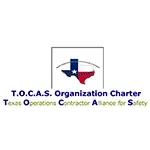SAFTENG Has
- Over 17,500 categorized unsafe acts/conditions and accident/injury photos
- Over 1,400 ppt's & doc's
- Over 3,900 technical articles on Process Safety & Occupational Safety & Health matters
- Over 400 videos
CLICK HERE to Renew your Membership
CLICK HERE for a NEW Membership
CLICK HERE to see eligibility requirements for FREE Membership
If you have any questions, please contact me
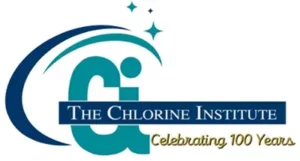
I am proud to announce that have extended our”Partners in Safety” agreement for another year (2025).
CI Members, send me an e-mail to request your FREE SAFTENG membership.





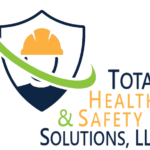





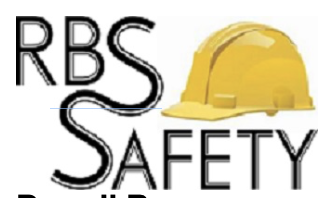


October 10, 2019
One of, if not the most critical, aspect of flammable liquids/gases piping is the bonding and grounding of the piping. And unfortunately, this “safety system” is often neglected and not managed as a PREVENTION LAYER of protection. It’s not like we don’t have good guidance in this need; NFPA 77: Recommended Practice on Static Electricity is one of the best written and organized...
Read More
October 6, 2019
The intent of this Regional Emphasis Program is to encourage employers to take steps to address hazards, evaluate facilities to determine if the employer complies with all relevant OSHA requirements, and help employers to correct hazards, thereby reducing potential worker injuries, illnesses, and deaths.
Region VII OSHA proposes accomplishment through outreach and enforcement activities. Outreach activities...
Read More
October 4, 2019
Respondent owns and operates a fresh produce storage and distribution facility comprised of approximately 35 acres that includes cold room facilities and ice making equipment. An ammonia refrigeration system is used to cool fresh produce while in storage and for shipment at the Facility. On September 13, 2017, EPA performed inspections of the Facility pursuant to Section 112(r)(7) of the CAA, and Section...
Read More
October 3, 2019
It has been a while since we have mentioned/discussed the refrigerant HFO-1234yf – which has taken the car manufacturer’s on a ride down the PSM lane of H_LL! I have had several discussions with these businesses and for the life of me, I am puzzled as to where this idea that NFPA 55: Compressed Gases and Cryogenic Fluids Code is the most fitting RAGAGEP to uses as the baseline RAGAGEP...
Read More
October 3, 2019
OSHA has cited two companies following an employee’s death at a refining facility. The contractor and the facility collectively face over $106,000 in penalties after the contractor’s employee suffocated to death when he lost his air supply while on the job in a confined space at the facility. OSHA cited the industrial contractor for failing to ensure personnel outside the permit-required...
Read More
October 2, 2019
With the absence of an OSHA Flammable Gas standard I have been using NFPA 58 since 1994 and it is one of my all time favorite RAGAGEPs. I am always pushing clients to use it for their flammable gases, as well as the IFC Chapter 58, especially when their flammable gases are stored/processes/handled as a Liquidfied Pressurized Gas. This 2020 Edition has some nice revisions and upgrades to...
Read More
October 1, 2019
The RMP CAFO is very interesting in that the facility stated they were under 10,000 pounds (NH3 TQ) and EPA challenged their numbers, even though the facility had completely pumped down their system and had exact pounds they charged the system with when they started up. So the case is going to court and EPA wrote this CAFO under both the General Duty Clause (in the event the court agrees with the business)...
Read More
September 29, 2019
I recently received a question from a client about “piping inspection methods for newly installed piping”. It seems that a general contractor was advising the facility that they were “required” to do some “thickness testing” on newly installed piping as part of the installation QA/QC. The PSE asked me “So are we required to take TML’s on newly installed...
Read More
September 29, 2019
This is an EXCELLENT LOI from OSHA that covers three (3) IMPORTANT aspect of PSM applicability:
Co-Location of smaller containers of flammables that could be impacted by a single event (i.e. fire)
Once a process is PSM covered it remains such UNTIL such time the employer puts in place a means to LIMIT the quantity of the HHC below it’s TQ within the process, and
how compliance with...
Read More
September 29, 2019
Scenario:
An employee experienced an injury when sharpening a personal pocket-knife while sitting in a company owned-truck parked in the employer’s parking lot. The employee lacerated the palm of his hand and was treated with seven sutures, and the employee returned to work immediately with no restrictions. You state that because the employee was on his lunch break at the time of the injury,...
Read More
September 29, 2019
Way back in 1994 when I was implementing my first FRC program there was a great debate on the options that would be made available to operators, maintenance, engineering, EHS, and QA/QC personnel who perform work within a HAZLOC. This debate was of course driven by costs vs. risks and luckily I was working for a Plant Manager that put safety above all else. But the battle was not fully won, as the...
Read More



